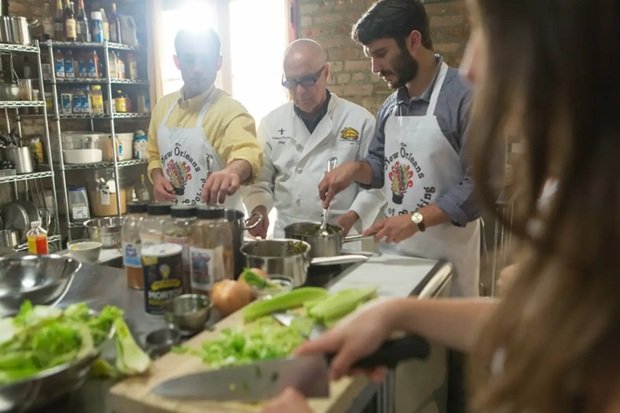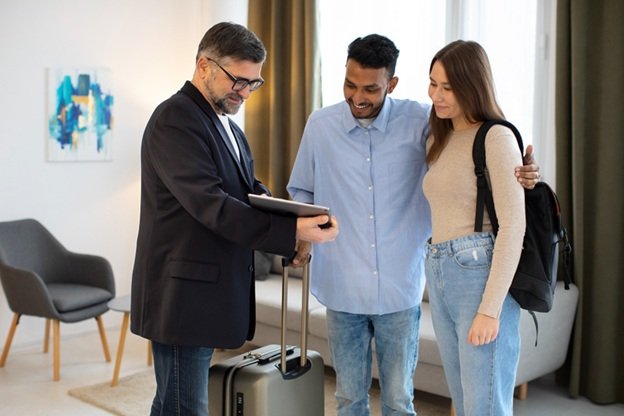
Securing a visa to enter the United States is a dream for many—whether it’s for tourism, education, work, or reuniting with family. However, the journey to obtaining a US visa can be challenging, especially when your application is denied. A USA visa rejection can be disheartening, but understanding the causes behind it and knowing how to avoid them can significantly improve your chances next time.
This guide outlines the most common reasons for visa rejections, how the interview process impacts the decision, and actionable strategies to help applicants prepare better and succeed.
Introduction: The Reality of USA Visa Rejection Rates
Each year, thousands of visa applicants face rejection from US embassies and consulates worldwide. According to official USA visa statistics, the refusal rate varies by country, visa category, and consular location. For instance, B1/B2 (tourist/business) visas and F1 (student) visas often have high refusal rates due to stringent eligibility criteria.
Understanding visa denial rates and the reasons behind them is crucial. A rejected visa not only disrupts travel plans but can also impact future applications. That’s why it’s important to take a proactive and informed approach to reduce the risk of rejection.
Common Reasons for USA Visa Rejection You Should Know
US consular officers evaluate applications based on immigration law and individual merit. Here are the most frequently cited reasons for USA visa rejection:
1. Insufficient Documentation
Failing to provide the required documents or submitting incomplete paperwork is a primary cause of denial. This includes missing financial statements, employment letters, or educational transcripts.
2. Criminal Record or Security Concerns
Applicants with a history of criminal activity, even minor offenses, may be considered ineligible for a visa. Security-related issues, such as past immigration fraud or terrorist affiliations, are also red flags.
3. Financial Instability
If the applicant cannot demonstrate sufficient financial means to cover their stay in the US or cannot prove their sponsor’s financial capability, the application may be denied under section 214(b).
4. Intent to Immigrate
Non-immigrant visa applicants (like tourist or student visas) must convince the consular officer that they intend to return home after their visit. If you fail to demonstrate strong ties to your home country—such as family, property, or stable employment—you risk rejection.
5. Previous Visa Violations
Overstaying a prior visa, unauthorized work, or breaching visa terms may result in automatic rejection.
The Role of the Interview Process in Visa Approval and Rejection
The US visa interview is a critical part of the application process. It allows consular officers to assess your intentions, background, and credibility in person.
Common Interview Factors That Affect Outcomes:
- Unclear or Contradictory Answers: Inconsistencies in your responses can signal dishonesty or poor preparation.
- Nervousness or Lack of Confidence: Poor body language may be misinterpreted as hiding something.
- Unconvincing Intent to Return: If you fail to show sufficient ties to your country, officers may assume you’re likely to overstay.
- Poor English Skills: While not mandatory, clear communication helps establish your purpose of visit more convincingly.
Visa interview tips include preparing thoroughly, answering confidently, dressing appropriately, and bringing all required documents neatly organized.
How to Strengthen Your Application and Reduce the Risk of Rejection
Being meticulous in preparing your application can greatly improve your success rate. Here’s how:
1. Fill Out Forms Accurately
Ensure your DS-160 or any other required forms are completed truthfully and correctly. Even a small mistake can delay processing or cause rejection.
2. Compile Strong Supporting Documents
Whether it’s proof of income, employment verification, or school admission letters, gather robust and verifiable documentation.
3. Show Ties to Your Home Country
Prove you have compelling reasons to return home. This could include property ownership, family responsibilities, or a steady job.
4. Demonstrate Financial Capacity
Provide bank statements, sponsor affidavits, or income proofs that show you can fund your US stay without issue.
5. Practice for Your Interview
Anticipate questions the consular officer might ask. Practice answering clearly and confidently, keeping your answers aligned with the information in your application.
The Importance of Seeking Professional Guidance When Applying for a US Visa
If your case is complicated or if you’ve been rejected before, consider working with an immigration lawyer or visa consultant. These professionals can:
- Evaluate your case and pinpoint potential red flags
- Help you organize paperwork correctly
- Prepare you for the visa interview
- Guide you on appeal or reapplication strategies if needed
Choosing the right legal advisor can be a game-changer in navigating the often complex US immigration system.
What to Do If You Face a USA Visa Rejection: Next Steps and Options Available
Rejection is not the end of the road. Here’s what you can do next:
1. Understand the Reason
You’ll receive a visa refusal letter outlining the specific section of law under which your visa was denied. Carefully read and understand this to know what went wrong.
2. Correct and Reapply
If your rejection was due to missing documents or minor issues, you may reapply after correcting the mistakes. However, unless your circumstances change, reapplying may lead to another rejection.
3. Administrative Review or Appeal
In rare cases (like immigrant or certain work visas), you may be eligible for an appeal or waiver request. This involves legal review and should be handled with the help of an immigration expert.
4. Wait for Significant Changes
If your rejection was based on intent to immigrate or financial proof, reapplying is only recommended once your situation has changed significantly (e.g., new job, increased income, new property ownership).
Conclusion: Take Control of Your USA Visa Application Journey and Increase Your Chances for Success
Facing a USA visa rejection can be stressful, but it’s not uncommon—and it’s often preventable. By understanding the common reasons for denial, preparing thoroughly for your interview, and submitting complete and accurate documentation, you can significantly improve your chances.
Whether you’re applying for a tourist, student, or business visa, remember that each detail matters. If you’re unsure or have faced prior rejections, don’t hesitate to consult a visa expert for guidance.
For more resources, expert insights, and help with your visa appeal or reapplication, visit OneVasco.
Your American dream is still within reach—start your visa journey the smart way today.



